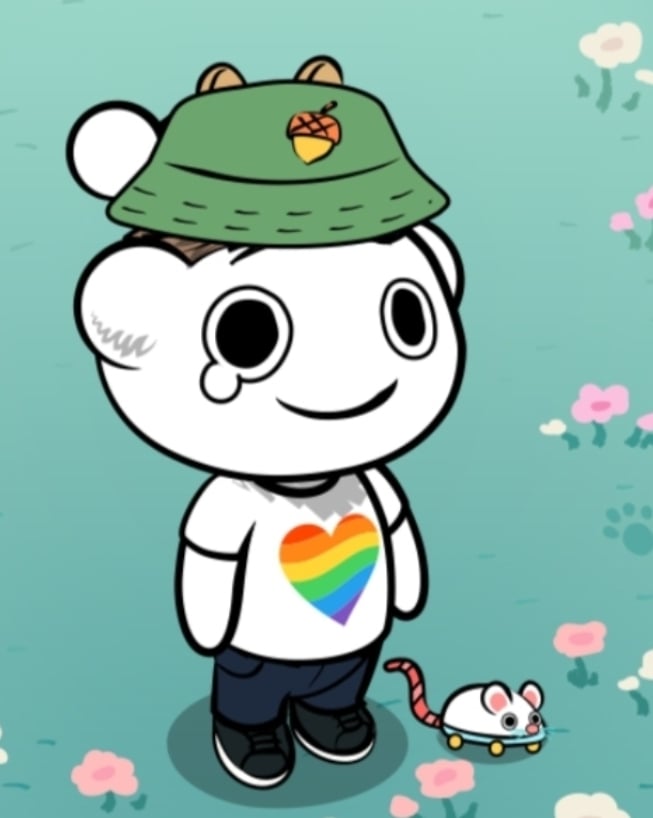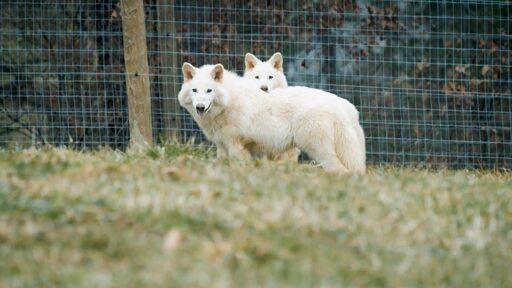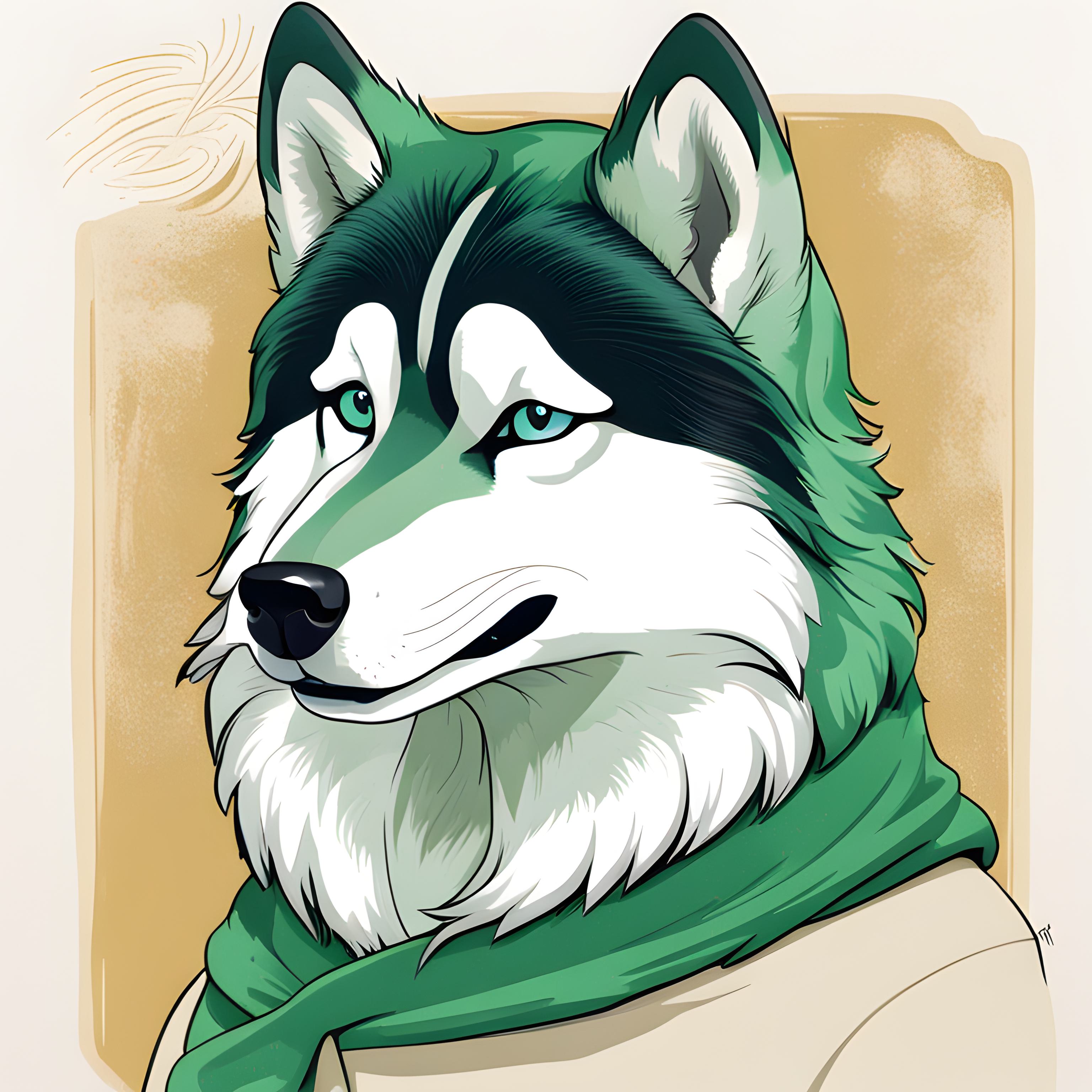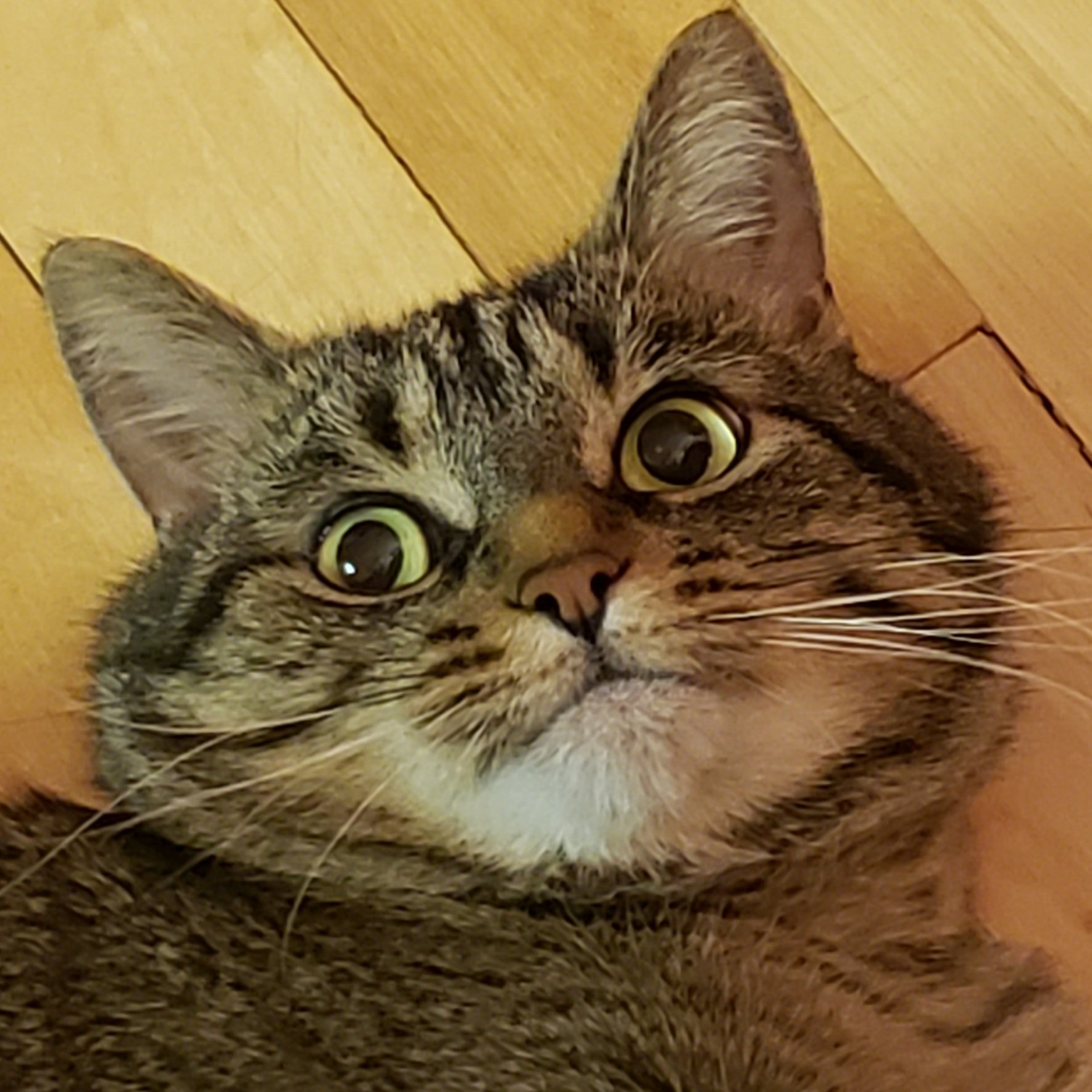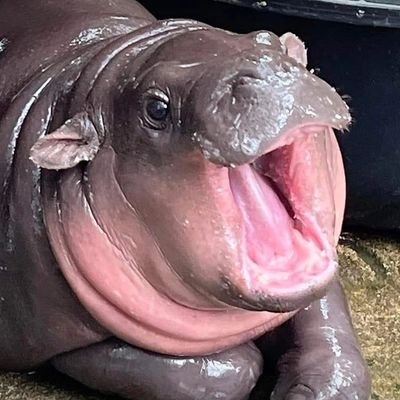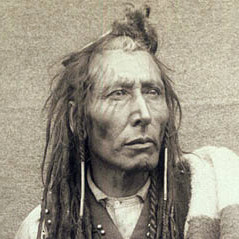Here’s a better article that isn’t as uncritically sensationalist.
https://arstechnica.com/science/2025/04/de-extinction-company-announces-that-the-dire-wolf-is-back/
tl;dr is that it’s basically just a gray wolf with 14 edited genes, most of which are from natural gray wolf populations rather than dire wolf genomes. The result is a gray wolf that’s visually similar to a dire wolf, not a dire wolf.
Visually similar to a GoT dire wolf. IIRC, actual Aenocyon Dirus probably didn’t have a white coat.
Yeah I was questioning it myself because dire wolves have a kinda different skull morphology compared to modern wolves. They’re also quite a bit larger.
It’s a wolf. But dire.
We gave a wolf diabetes which is pretty dire.
Wild the amount of money spent bring back an extict species instead of trying to protect the ones we already have.
Its like trying to justify ruining the environment and driving species to extinction as no biggie because we can just have a do-over through the power of science.
That’s exactly how it’s being presented. I’m not necessarily against the research, but there are only a few species we’ll be able to do this with. This isn’t a back door to undoing damage done. Plus, why do we do it with things that will have to live in captivity, as a wild release would reek havoc on an existing biome. Actually, this is probably true of anything, even seemingly docile ones.
Well to be fair we don’t know what the ecological effects of them would be. They could well be positive. This is a species that many of our living species today coexisted with for millions of years before they went extinct in the recent past. It’s possible (I think likely) that today’s ecosystems are meaningfully impaired by their absence in ways we can’t recognize because we have never studied what the complete ecosystem would look like.
In my mind it would be worthwhile to create a small preserve and study what those interactions look like. We thought gray wolves were harmful to nature for hundreds of years until we actually did the science to find out we were wrong.
The biological research will certainly be interesting. I wonder about the social aspects of these animals. Dogs are intensely social creatures. Are these direwolves going to behave like the originals? Without being raised by the originals, almost certainly not.
Why not both?
i feel the same way. they made this video, though, which explains how the end product (ie. the pups) required the development of many other technologies that can help endangered species.
They are doing that too… FTA:
“Colossal also said it had cloned four red wolves, a critically endangered animal with under two dozen thought to be left in the wild.”
“We’ve taken a gray wolf genome, a gray wolf cell. which is already genetically 99.5% identical to dire wolves because they’re very closely related,” Shapiro said. “And we’ve edited those cells at multiple places in its DNA sequence to contain the dire wolf version of the DNA.”
My understanding is that that they identified genes associated with 20 key characteristics of direwolves, and edited those genes in the grey wolf genome. I guarantee that there are likely thousands of direwolf genes that they overlooked, so technically they didn’t create a direwolf. They created a grey wolf that looks like a direwolf.
So…the proper correction turned out to be much less dire.
Great … a wolf that’s twice the size of a normal one … while we’re at, let’s put a machine gun on it … or maybe a lazer.
this but two lasers or machine guns.
Leave room for the saddle
More to snuggle.
Make them hyper intelligent and give them thumbs.
Wait, I’ve seen this movie! Everyone dies…
Edit: seriously… *dies
….does, what? Kung fu fight? Are those kicks fast as lightning?
Also, don’t forget to hit them with a stick periodically so they learn their place. They might develop a deep hatred for humans but that’s okay, it’s not like they’ll revolt and kill us all or anything.
No! They’ll hate the sticks, man! Like, it’s the anti-fetch.
or you make them packminds and give them long necks
There are lots of people complaining about the ethics… But, but, baby woof!

It sounds like they did some gene editing to select characteristics the dire wolf supposedly had, as opposed to finding an ancient DNA sample somewhere and working from that. So it’s more of a genetic simulation than the real deal right?
Like just because you know of some gene that happens to give people pronounced brow ridges doesn’t mean you can bring back the Neanderthal. Or am I not understanding this correctly?
No, that’s exactly it. Framing this story as that they’re reviving extinct animals is misleading at best
I honestly thought dire wolves were just a made up fantasy species, like owlbears and eagles.
I thought BattleToads were made up, then I saw Marjory Taylor Greene.
The kind you’re picturing, and the kind they made, are.
That is a lot of effort put into making a slightly different wolf.
Very interesting, but I would hesitate to call it true de-extinction because there’s no way to know what we don’t know. We don’t know what was in the parts of the DNA we don’t have.
We have the full genome…
Shapiro’s team had to extract more dire wolf DNA from two existing fossils to better sequence the animal’s genome. From there, Colossal elected to use a close relative of the dire wolf as the base.
“We’ve taken a gray wolf genome, a gray wolf cell. which is already genetically 99.5% identical to dire wolves because they’re very closely related,” Shapiro said. “And we’ve edited those cells at multiple places in its DNA sequence to contain the dire wolf version of the DNA.”
Looks like they… almost had it.
They just spliced in frog DNA to fill some of the gaps.
Damn it No I’ve had enough winter already
I just want to try dodo meat
Probably tastes like chicken…
“I think that the best definition of a species is if it looks like that species, if it is acting like that species, if it’s filling the role of that species then you’ve done it," she said.
How does she know what a dire wolf looked like and acted like though? They went extinct 10,000 years ago! I hate this quite frankly . Unethical, wasteful, and they’re not even dire wolves!
I think it’s interesting and worthwhile research but I agree with you that they’re overhyping this and it leaves a lot to be desired. To make real dire wolves at minimum we would need much more complete DNA, and maybe more beyond that.
DINOSAUR
I saw a report that said they’d have Wooly Mammoths by 2028. I’d go to the zoo to see a Wooly Mammoth.
